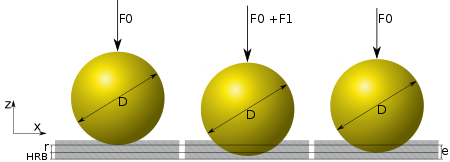Hats of for doing the test Kippington. It's been a lot of fun to follow the progress! :cool2:
Still My heads spinning. In the alternate universe that I live, it's puzzling to me how two pieces that not only have a difference in hardness, but also differ in dimensions and still share the same tonal characteristics. That's astounding and super cool at the same time.
I'd be brave enough to suggest that in the light of the results, would it be fair to assume, that if the you make a mono steel W2 knife and a knife with the W2 core steel clad with the mild steel tested here, that the mono steel knife would vibrate more of the two and provide more feedback?
Or am I too quick to draw?
Still My heads spinning. In the alternate universe that I live, it's puzzling to me how two pieces that not only have a difference in hardness, but also differ in dimensions and still share the same tonal characteristics. That's astounding and super cool at the same time.
I'd be brave enough to suggest that in the light of the results, would it be fair to assume, that if the you make a mono steel W2 knife and a knife with the W2 core steel clad with the mild steel tested here, that the mono steel knife would vibrate more of the two and provide more feedback?
Or am I too quick to draw?





